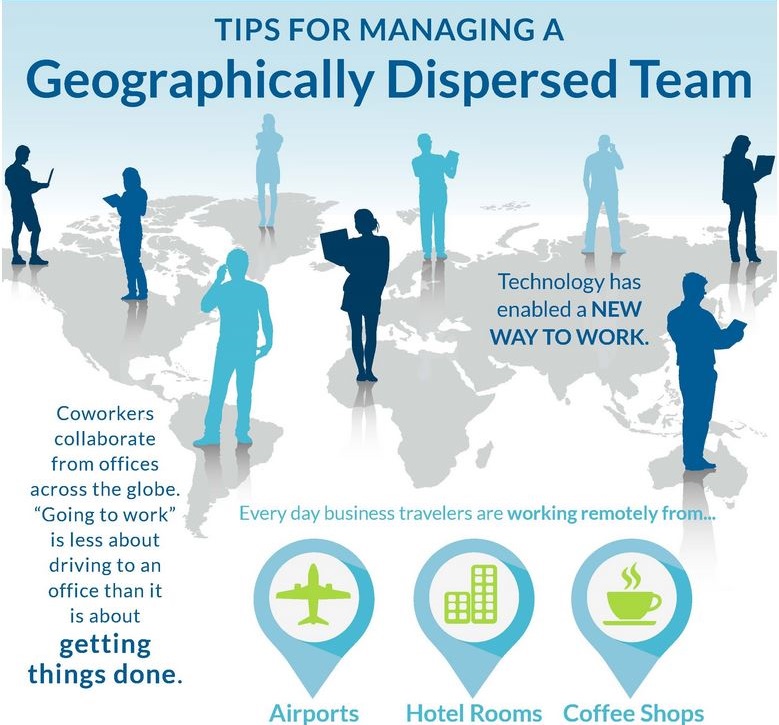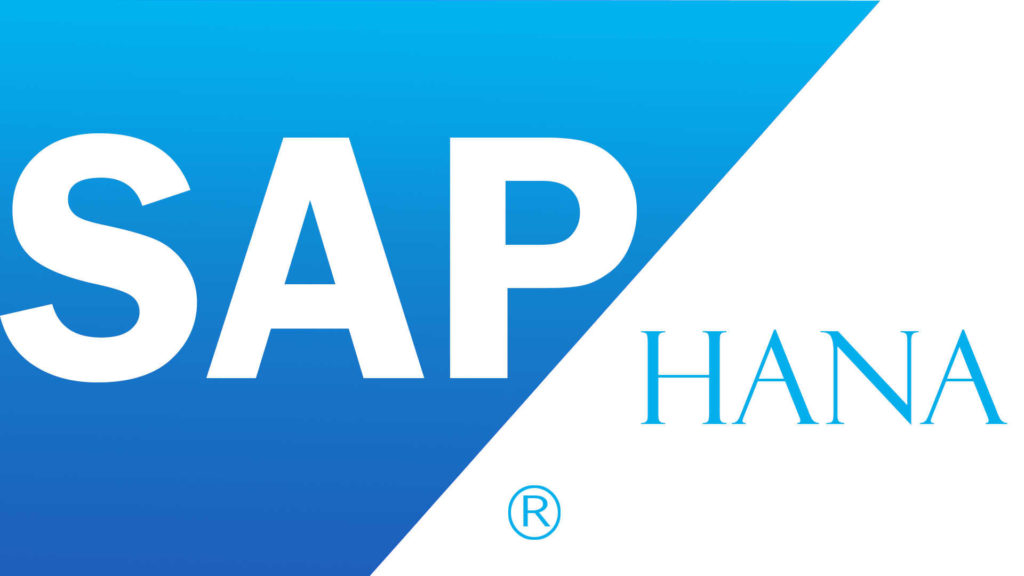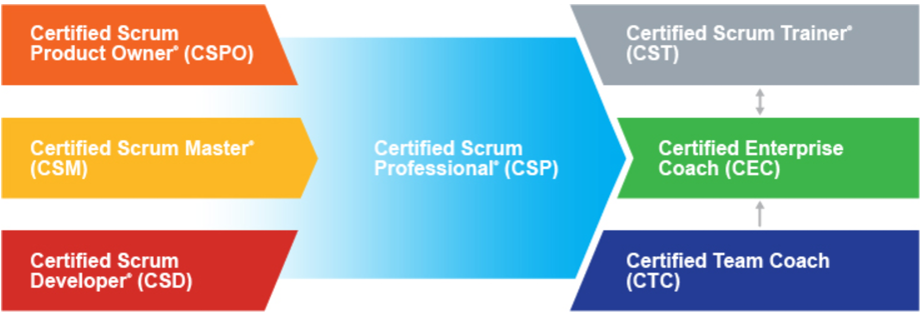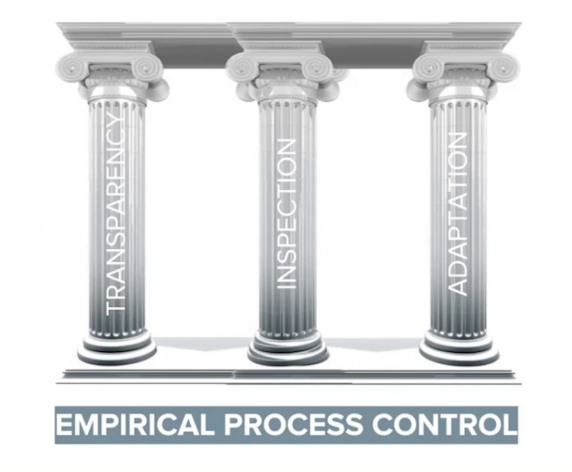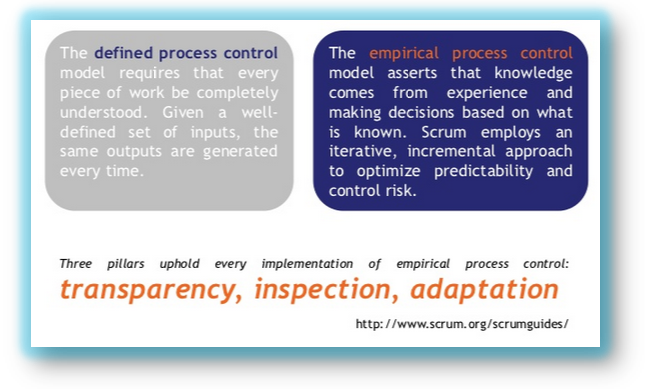7 Ways To Address Geographically Dispersed Scrum Development Teams
Geographically distributed or dispersed teams can impact the effectiveness of a Scrum development team – especially in the way in which they communicate and collaborate. Teams are ideally located in an open, co-located space and globally dispersed resources should be on webcam. The top three geographically dispersed team challenges are: Time Zones We may…
Read MoreOn the Beat
Our Agile and Scrum approach for our non-profit fundraising project is doing really well! Our development team is comprised of volunteers (as are we all). Frequent collaboration among our team and in between our team and the ScrumMaster, myself and our Product Owner, has helped tremendously, as delivering each fundraising sprint is key towards the…
Read MoreLightbulb Moment – The Beginning
We recently invested in our Certified ScrumMaster Certifications. We chose to go to a well-known Scrum Trainer in our area. We spent two days immersed in Scrum activities. And at the end of the second day we thought, why don’t we do this? We can do this. We have been practicing Agile and Scrum for…
Read MoreKitties!
We are members of a non-profit organization called PALS. It stands for the Pet Adoption and Lifecare Society. They’re the largest full-service, no-kill animal rescue in the Delaware Valley. They have an annual fundraising event scheduled for April, and we have volunteered to spearhead fundraising activities. Since we both have project management background and are…
Read More10 Steps To Take To Transition To Agile
I am often asked by people in my workshops as well as by companies: “How can we transition to agile? What do you suggest?” The challenges that companies will likely need to address during the transition to agile are focused on the major differences between waterfall and agile mindsets. However, by understanding these characteristics, teams…
Read MoreHappy Halloween!
I am managing 50 projects SIMULTANEOUSLY (yes, you read that right), which may seem frightful (especially the current time of year) but I’ve categorized them into four key programs and am now managing each of the programs. Since I started working for this pharmaceutical company, my role has evolved from project manager to program manager…
Read MoreSlowly But Surely
So I inherited this big mess of a program about 5 months ago. Ever been in that situation? Where you’ve been given the reins of a project or program, along with a sympathetic look that says “better you than me. Good luck”? Well, I’ve never been one to turn away from a challenge (or in…
Read MoreScrum Alliance Certifications: Benefits and Career Paths
The Scrum Alliance offers a number of different certification paths to become certified in Scrum. According to the Scrum Alliance, Scrum training and certification allows individuals to fulfill the vision of the Agile Manifesto through the furthering of greater collaboration, productivity, and success among team members. Certifications can allow individuals to stay current with best…
Read MoreThree Pillars Of Scrum
The three pillars of Scrum that uphold every implementation of empirical process control are: Transparency Inspection Adaptation Let’s explore a bit more about these three pillars, and why they are so essential to the Scrum framework. Transparency allows all facets of any Scrum process to be observed by anyone. This promotes an easy and transparent…
Read MoreScrum: Empirical Process Control Vs. Defined Process Control
I talked a bit about empirical process control, upon which the Scrum framework is based, in one of my earlier posts last year (https://www.agileaces.net/importance-sprint-retrospective/). But I wanted to dive more into empirical process control, including what it is, the difference between empirical process control (evolutionary product planning) and defined process control (traditional fixed planning), and…
Read More
